(See a collection of recent photographs from an outing below)
Photography is a long-term format.
It is such a realistic, dry, and flat art form. “Utilizing” photography as a tool for documentation and visual representation is then totally justified, however “expressing” a sensual being greater than what is, can pose problems with the format.
As purist photographers, it’s almost like we hunt for ways to make this expression possible through, again, this realistic, dry, and flat art form. One method that we all love and know quite well is through the hunt for “surreal” photographs. The word goes quite well with the format of photography, since the caveat for photography, is a physical reality in front of you, or the “real” in surreal. Again, hoping for something more and greater than photography in itself.
The ultimate form of this, I believe, is the substance that photography itself captures— time. With time, an occurrence’s context can naturally get lost. And since photography uses the real, with time, the more the photographer can take part in experiences. And the more time, the more occurrences in the world, which poses close to an infinite number of opportunity for photographers. This is the cycle that we can deal with as we continuously take photographs. We photograph the real, time passes, and we experience more life as context in previous photographs fade away— all as we photograph more.
Landscapes or travel-oriented photographs for me, have always been fragmented. They were seemingly… somewhat different from what I usually envision my photographs to be. But as the cycle has gone on, there seems to be recurring themes.
Here are photographs from my most recent trip to Aso (see Youtube video here for footage of me taking these images), then from different trips.
…And here are some other photographs taken in other parts of Japan over a 3 year span. There are universal traits to them as you can see, although unintentional. Let me know what you think.

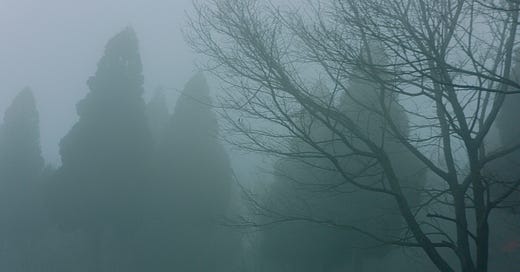



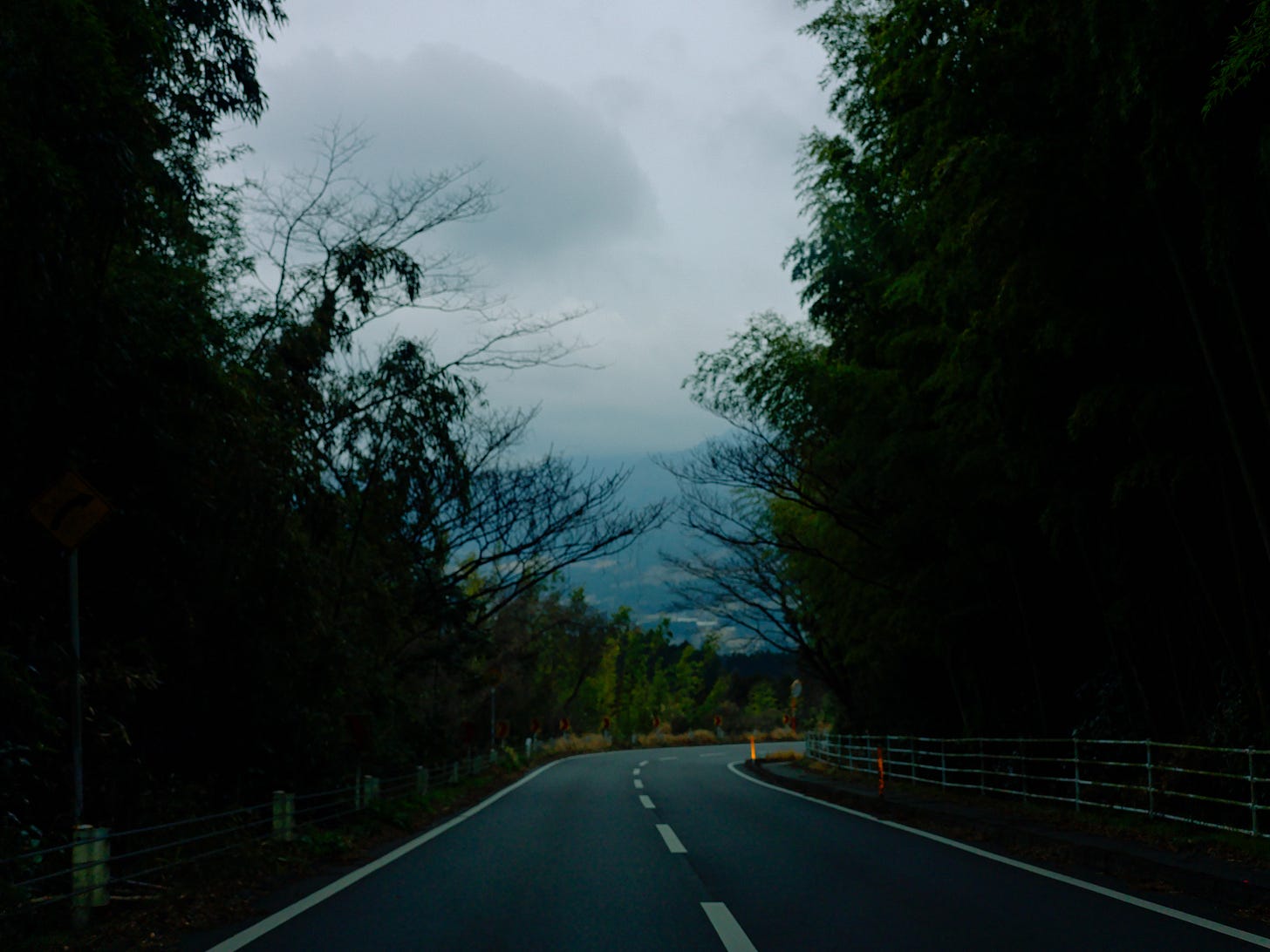
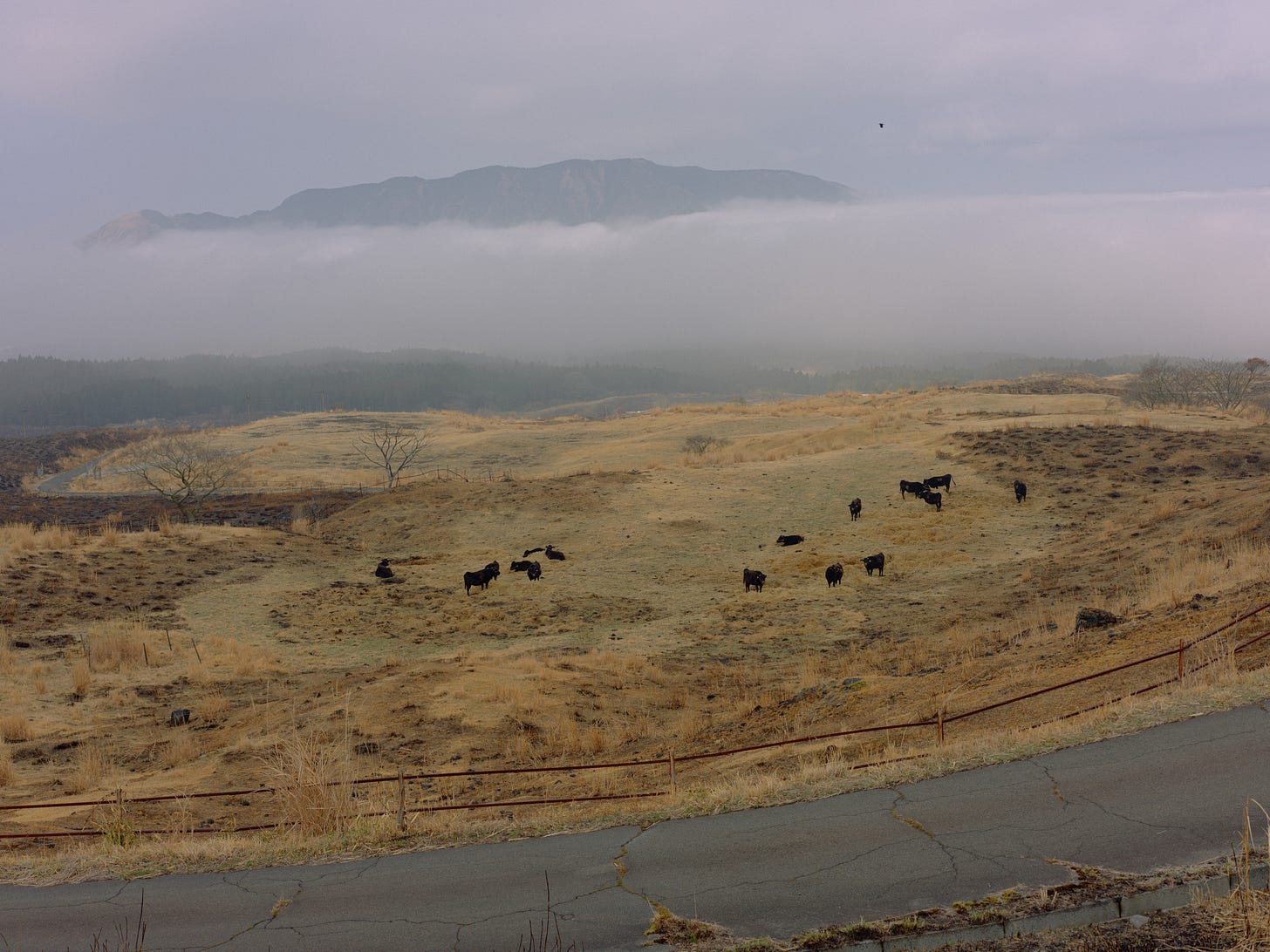
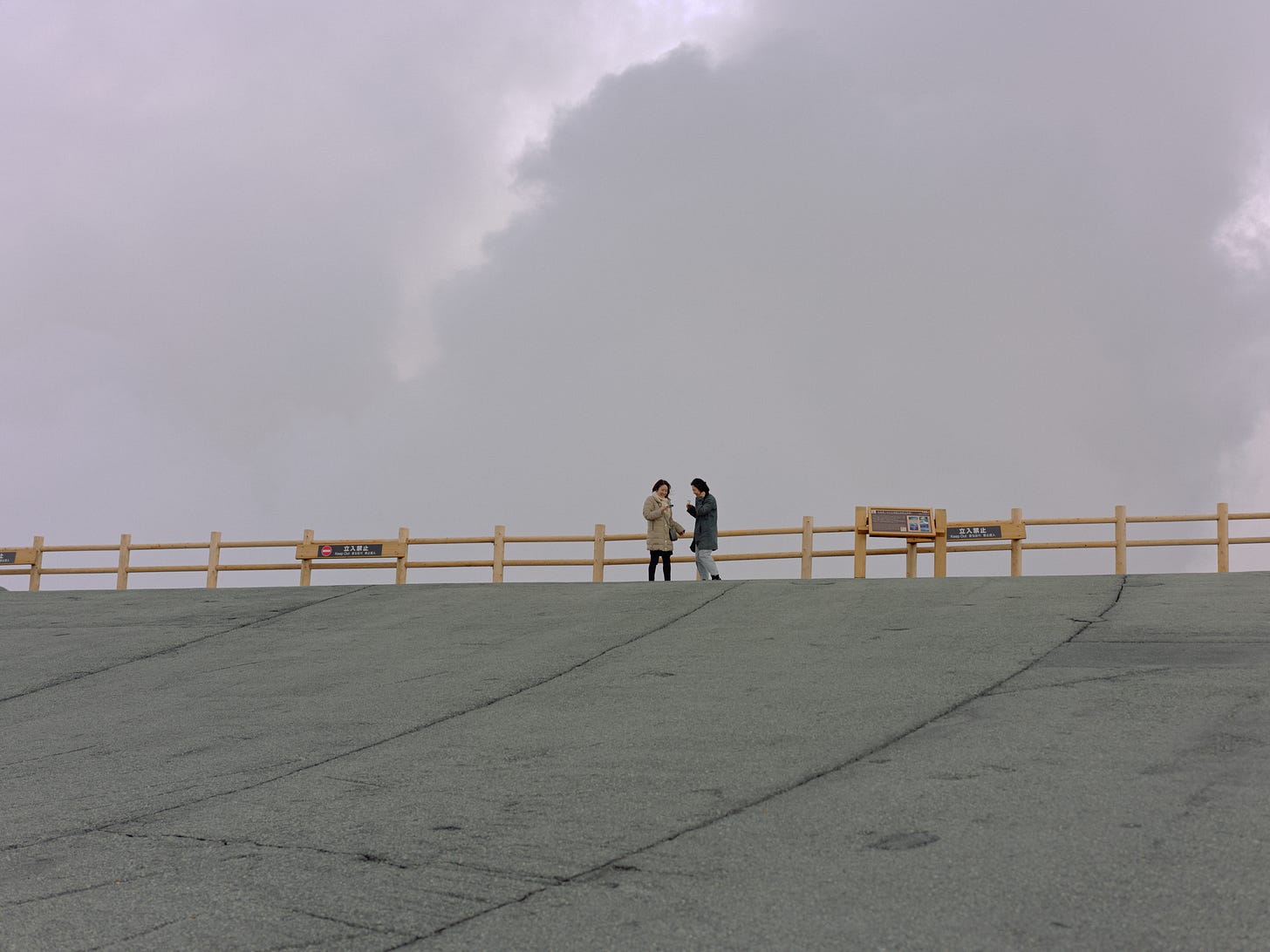
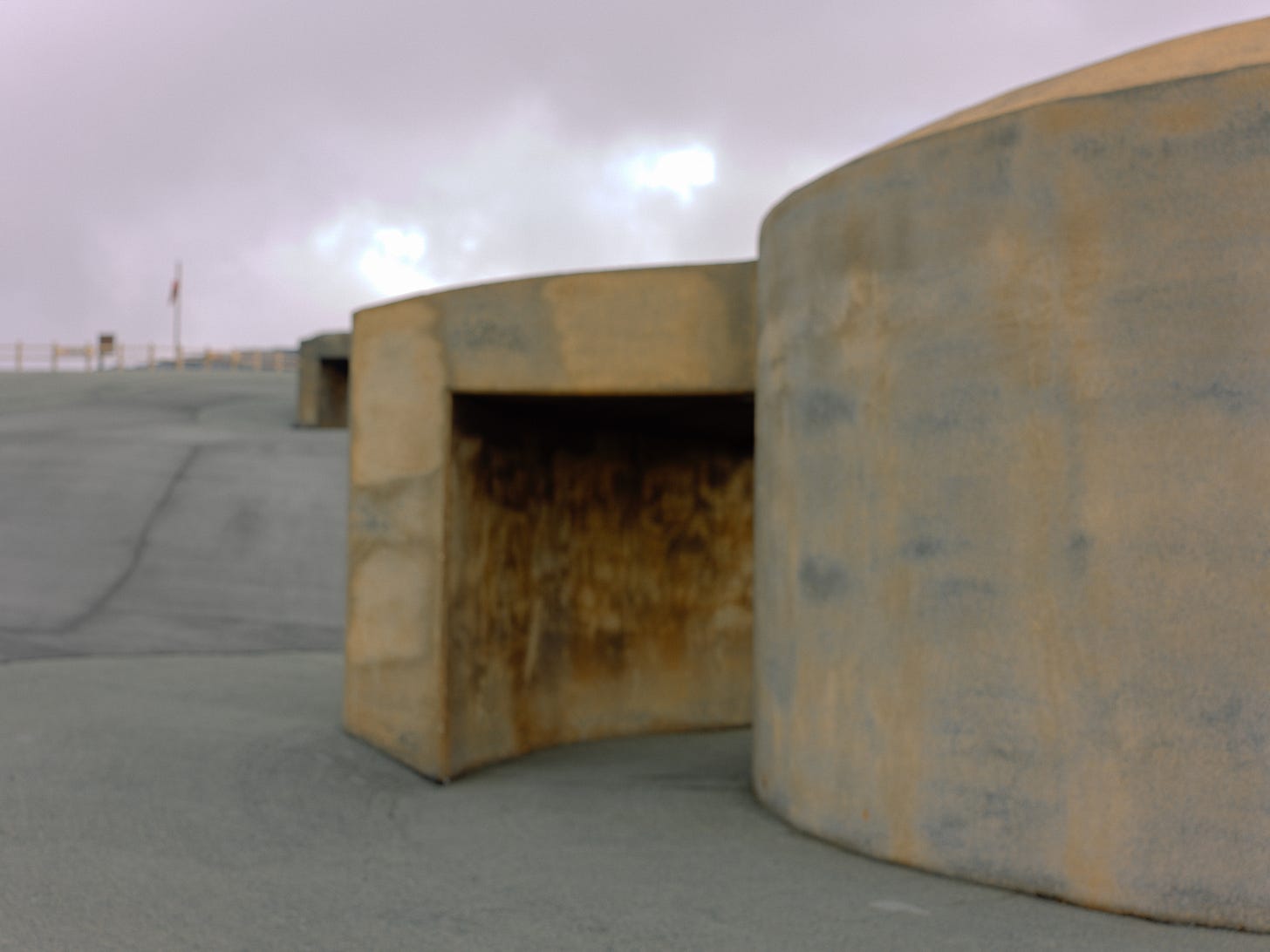
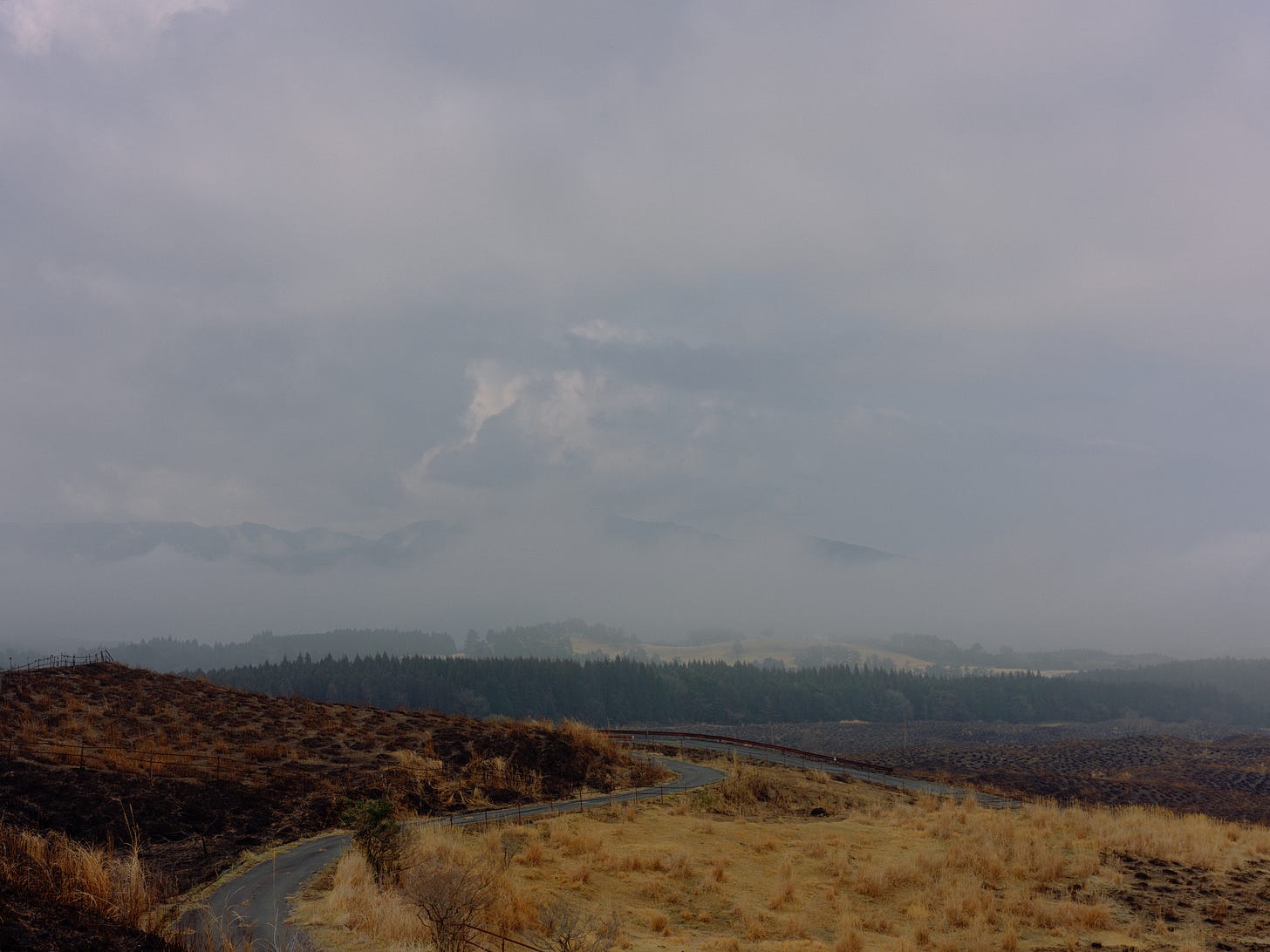

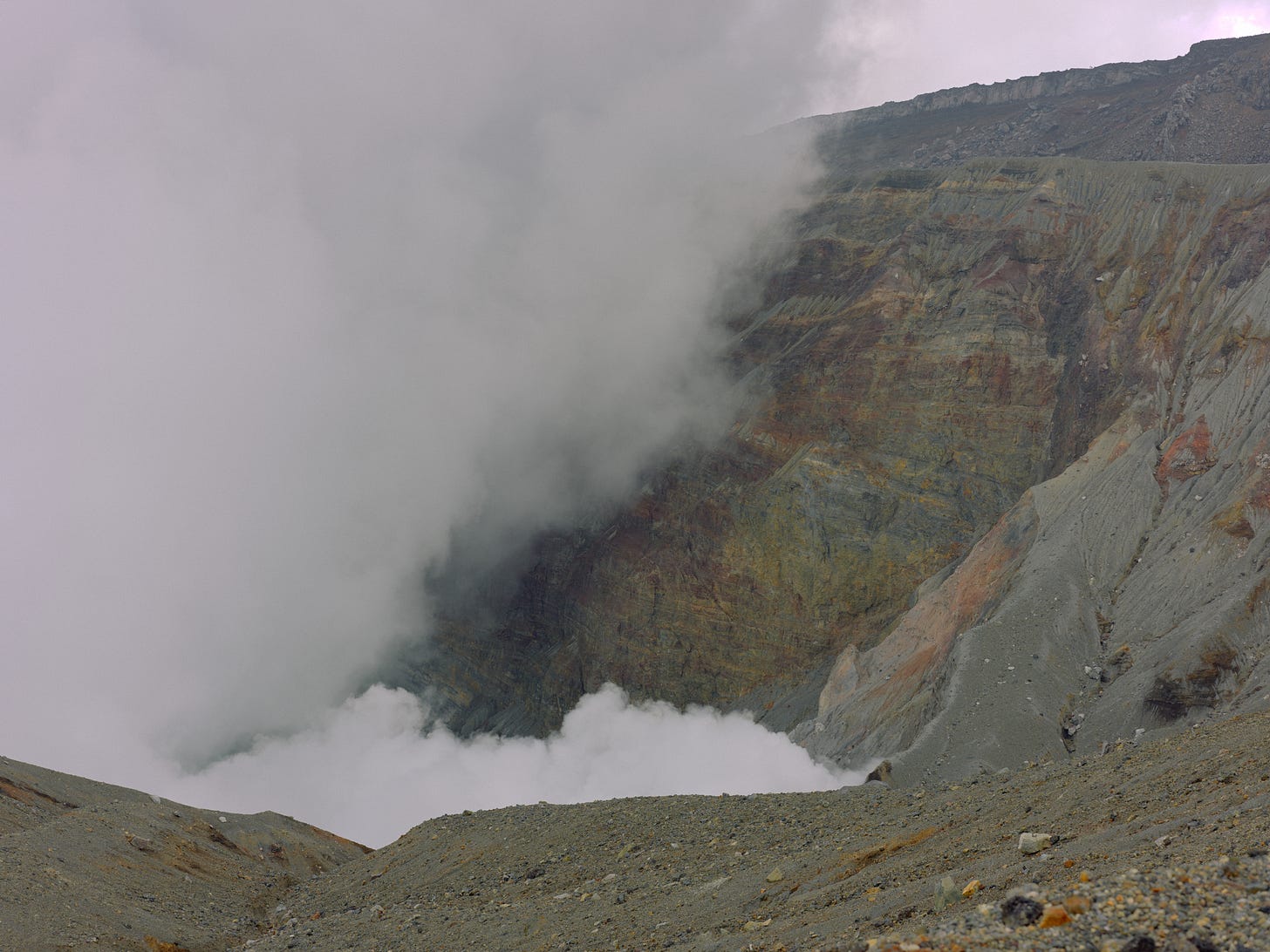
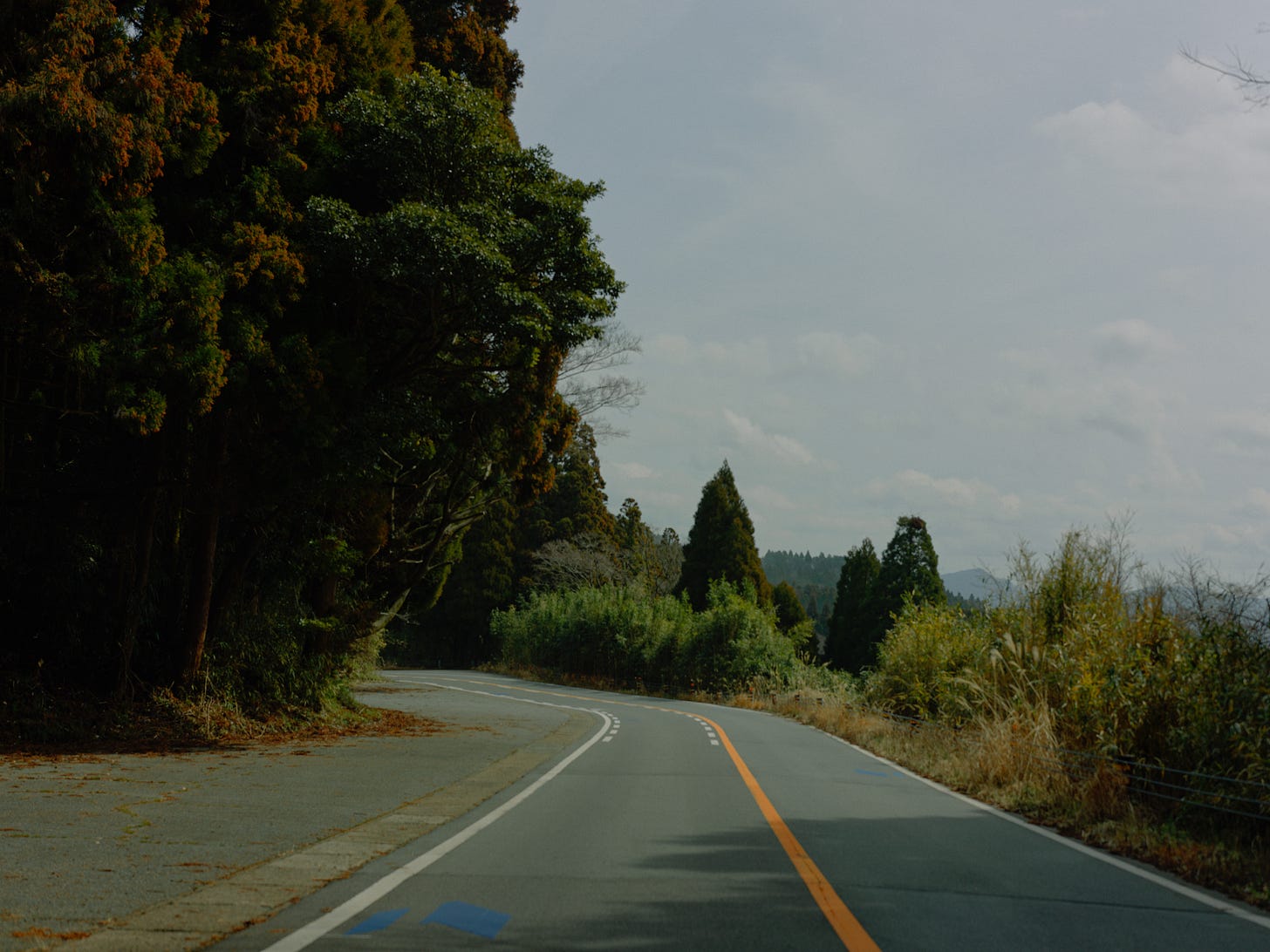
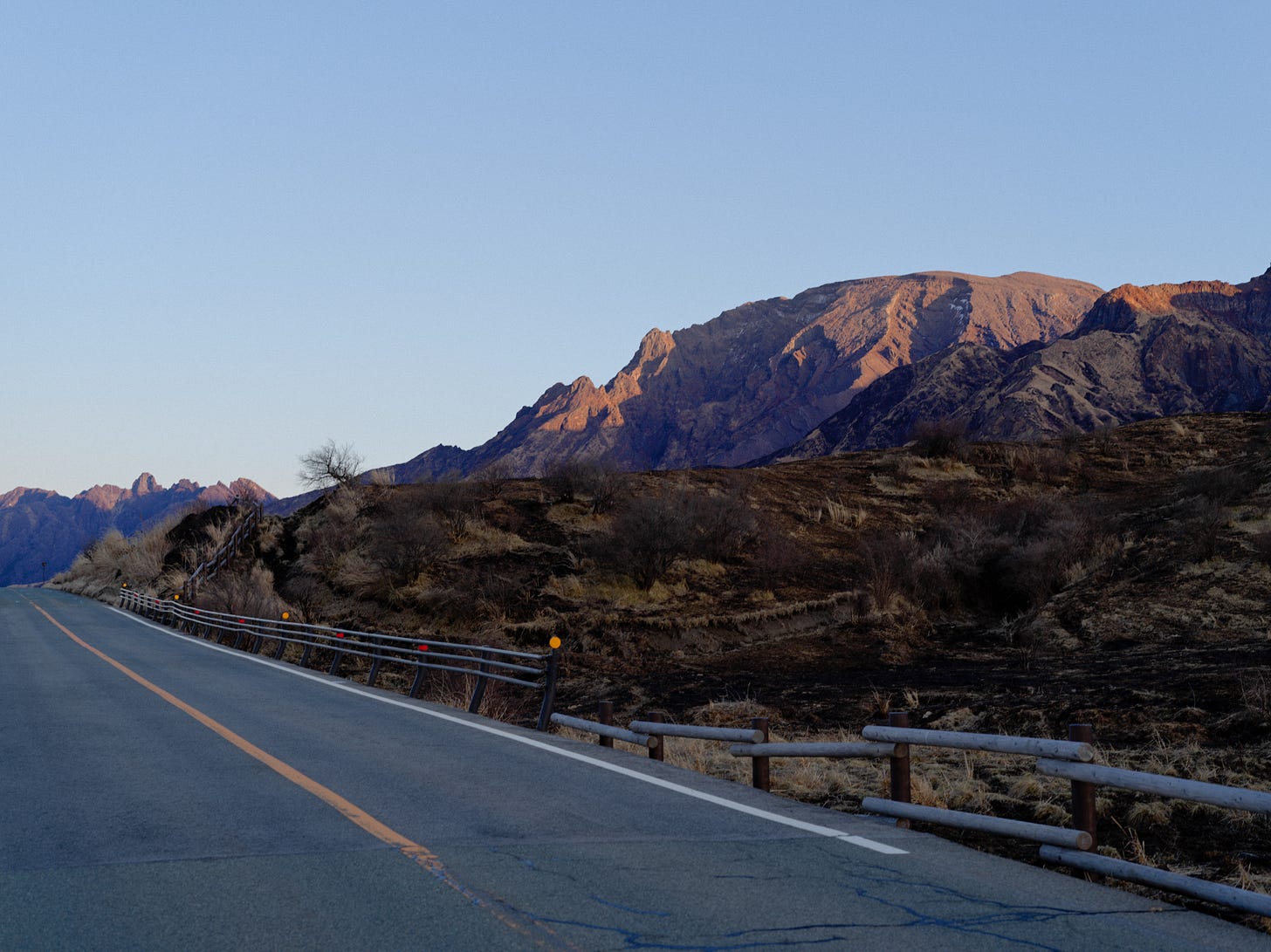
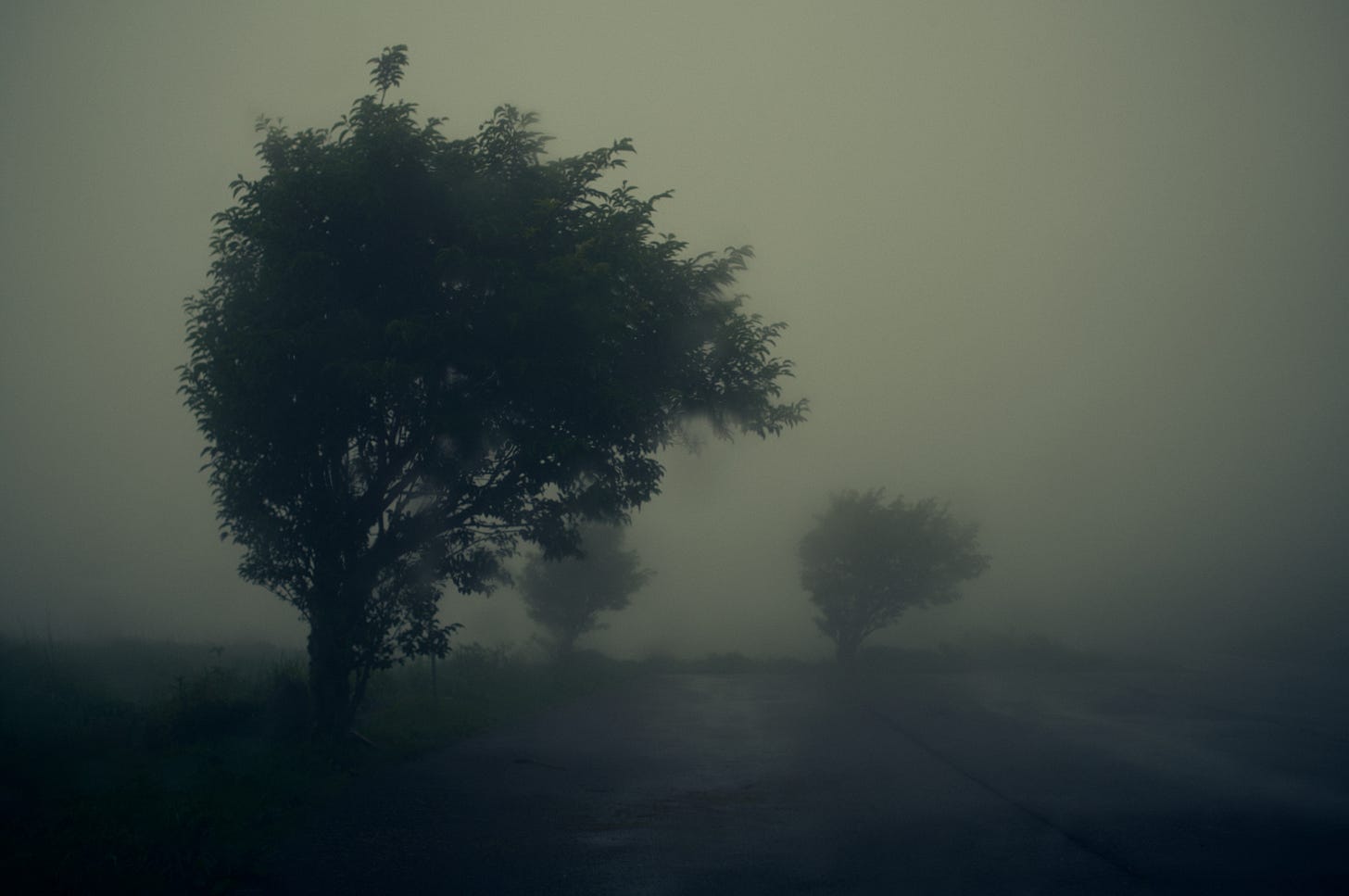
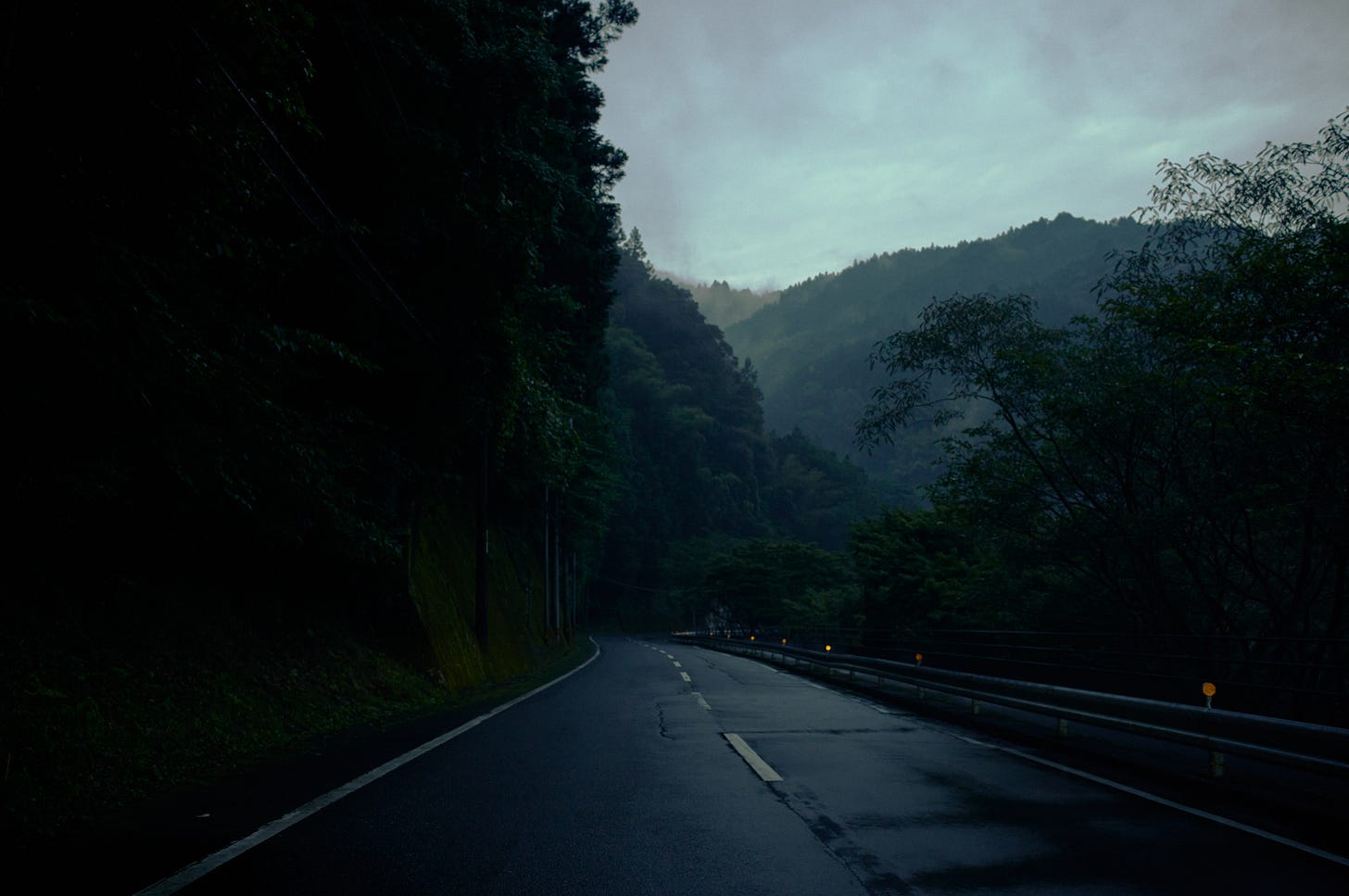
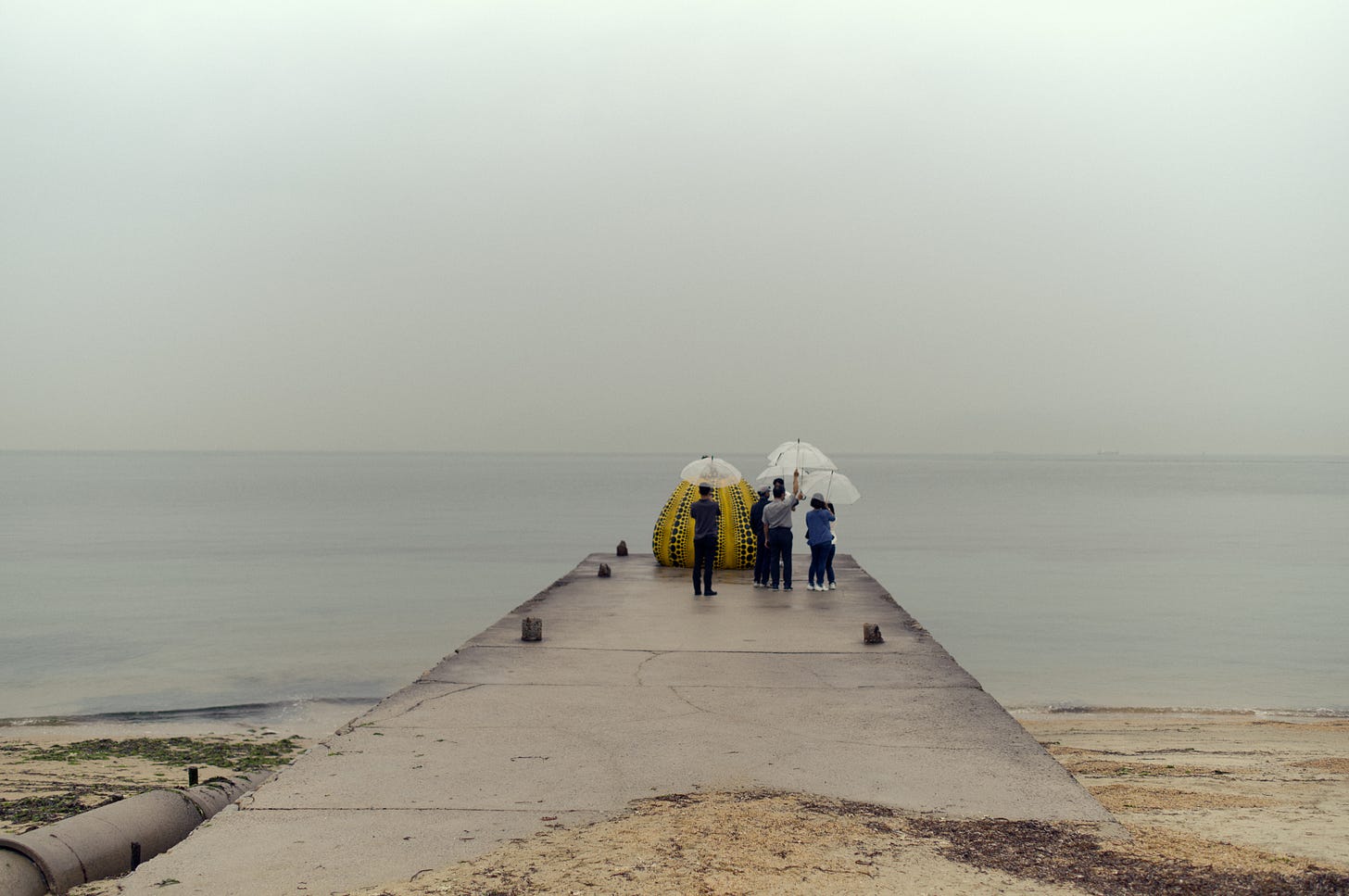
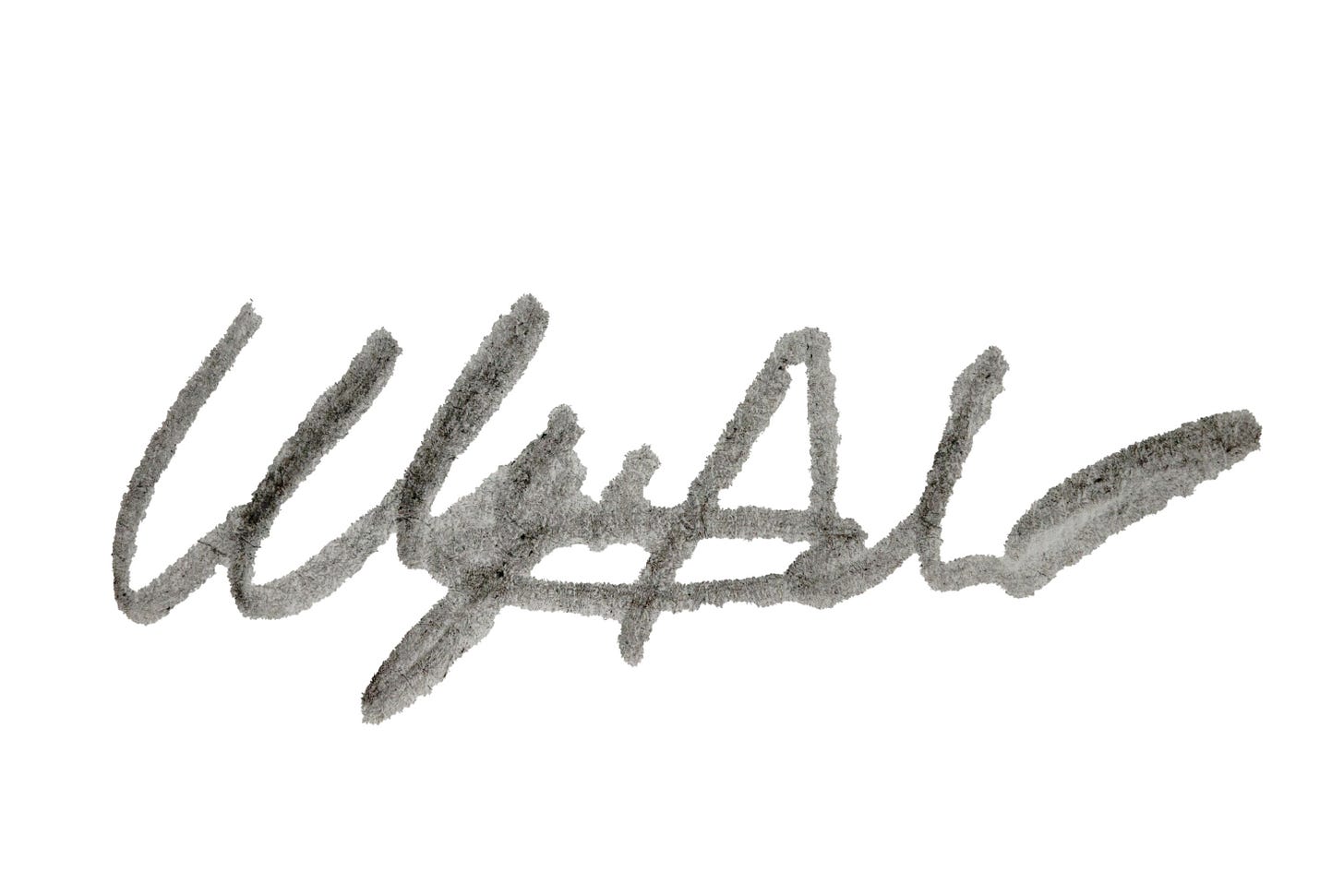
I absolutely find myself in this idea that patterns emerge. In my personal photography, the big tapestry of time is a central theme. I've documented local construction sites, changing landscapes (growing kids, ageing family) for 20 years and realizing how it is all connected is a sometimes a punch in the gut. Images with a contemplative allusion, carrying somekind of melancholia and threat of the inevitable changes. This is definitely what photography is great at, but it is lost on so many a social-media rat-race pursuing photographer (usually younger but now the older ones too). Something vital is slowly being lost in real time in front of our very eyes.
I love these thoughts! I do often think about the limitations of photography as a medium of expression. Many good books and exhibitions of photography work, for me, require really thoughtful written context to set the stage, or the work has to be from a different generation, or spanning a long period of time. It's not often that I am just impressed by the images themselves because as you said, photography is usually realistic and dry. We can imagine ourselves taking those pictures too for the most part.
But I think the "ordinary" and "easily accessible" nature of photography (with almost everyone having a camera now) can make certain projects and artistic statements more interesting. Observations, critiques, or playful manipulation of photography itself I'm quite drawn to. The questions of WHY and WHEN we take a photo over how/with what/of who. Then pulling together different photos to create a flow and narrative. Guiding your viewers down a path of emotions... It's a big challenge but perhaps the greatest strength and potential of the medium.
And this nature of time, letting photos age and reveal themselves to you if you have the patience. This is the life long magic of photography that those who commit to the craft, may be lucky enough to experience a few times throughout their creative journey.